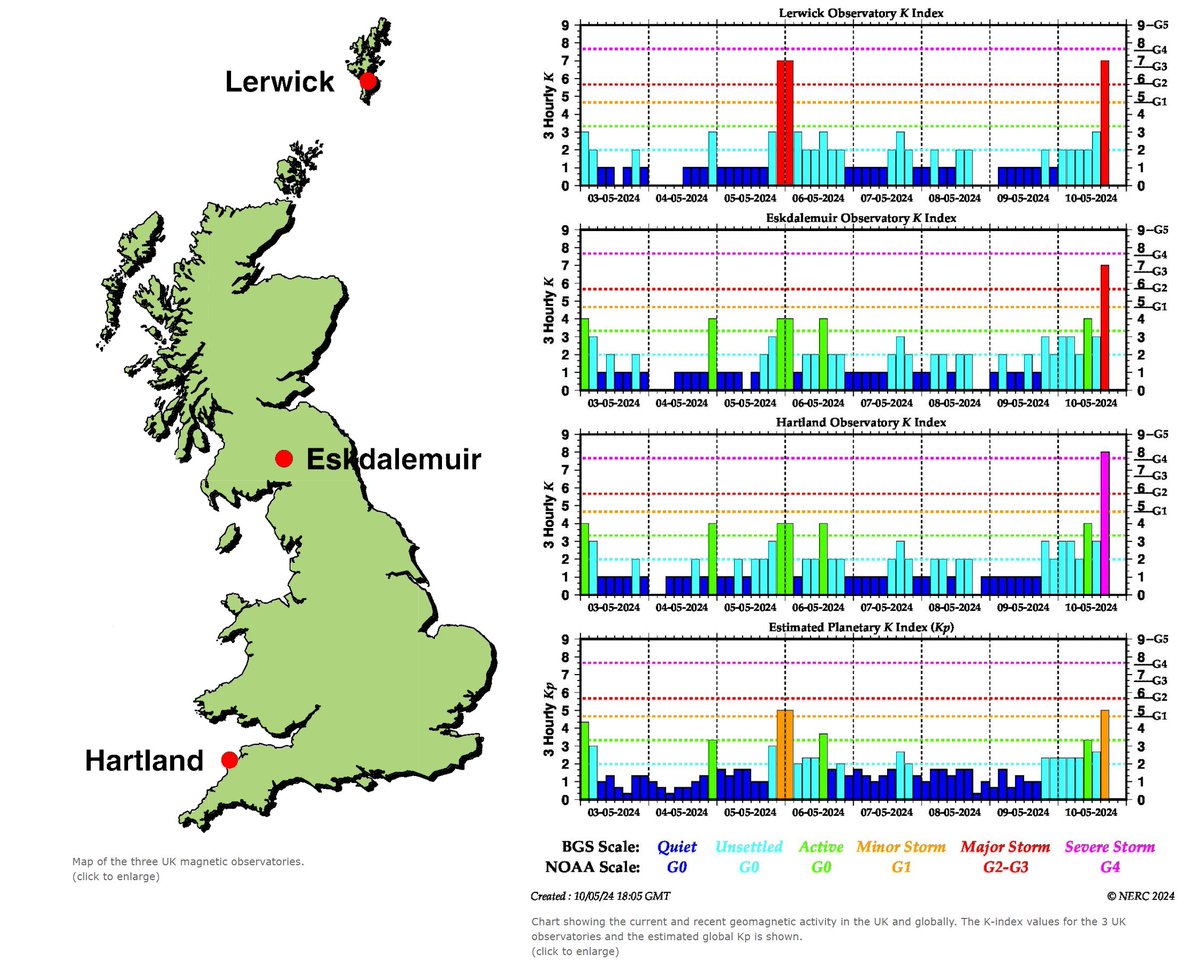This is so unusual. That's a *huge* amount of energy being transferred to the atmosphere. Expect extreme temperature and storm records. Just the top few metres of our oceans store as much energy as the entirety of our atmosphere. I'm very concerned for later this year into 2024.
https://twitter.com/EliotJacobson/status/1650543623191273473
The nihilist in me...
Uncharted territory.
https://twitter.com/DrTELS/status/1650988214402924544?t=W2Iqzm1qoGi2VE0W6WEYaQ&s=19
• • •
Missing some Tweet in this thread? You can try to
force a refresh























